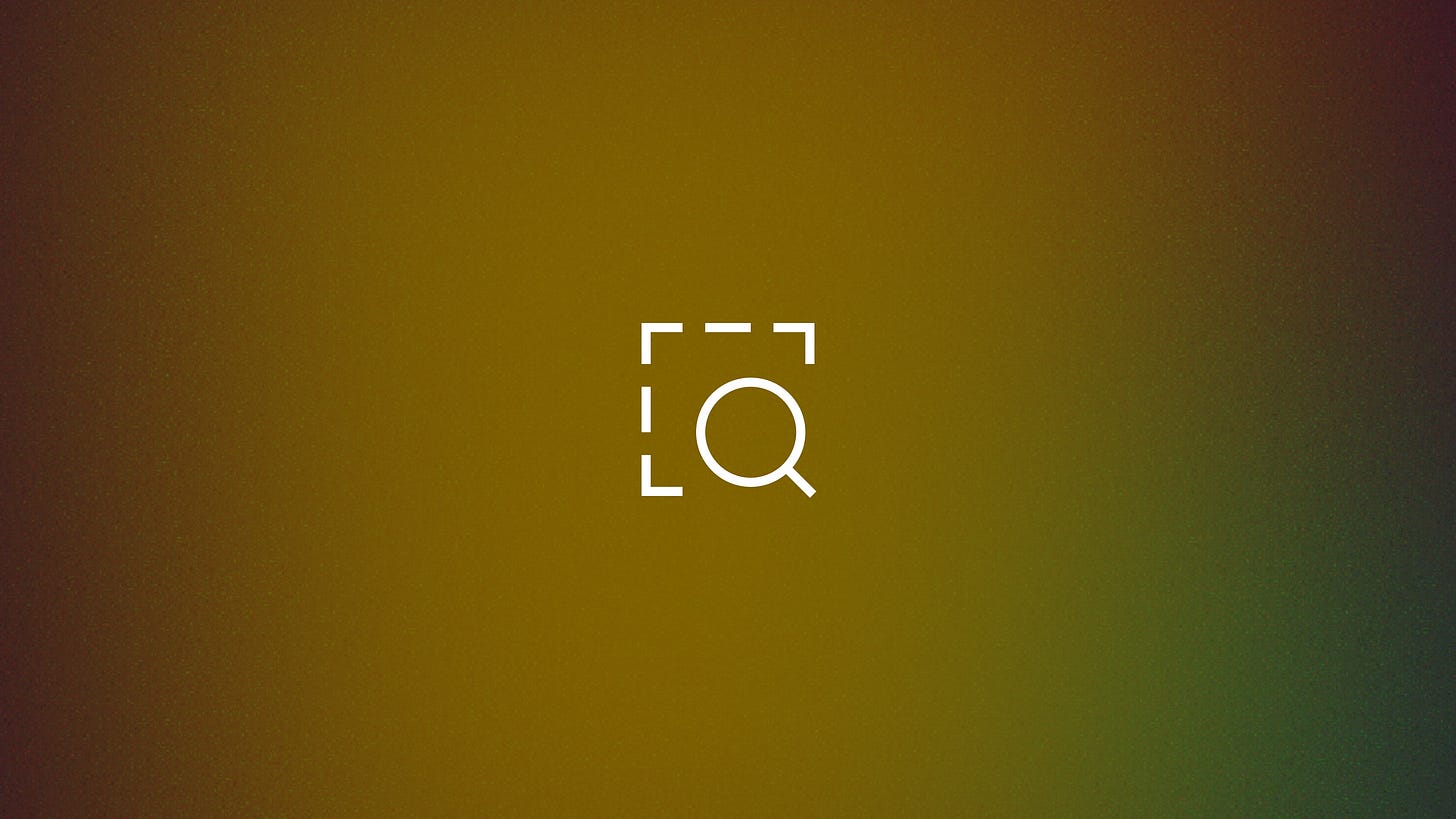What I look for in design portfolios (and what most people miss)
This week’s post is by Michael Yap, Head of Product Design at Acorns. In 2025, standout portfolios tell a clear story, show strong craft, and build trust—before the interview even begins.
I led Etsy’s Product Design organization during a time of extraordinary transformation. Under CEO Josh Silverman, the company evolved its strategy—from a focus on “handmade” to becoming the go-to destination for special purchase occasions like holidays, birthdays, and life milestones. It was a period of rapid growth and reinvention: we launched a redesigned Buyer app, rebuilt our search experience with machine learning, launched a Free Shipping initiative, and introduced Etsy Ads to help Sellers grow.
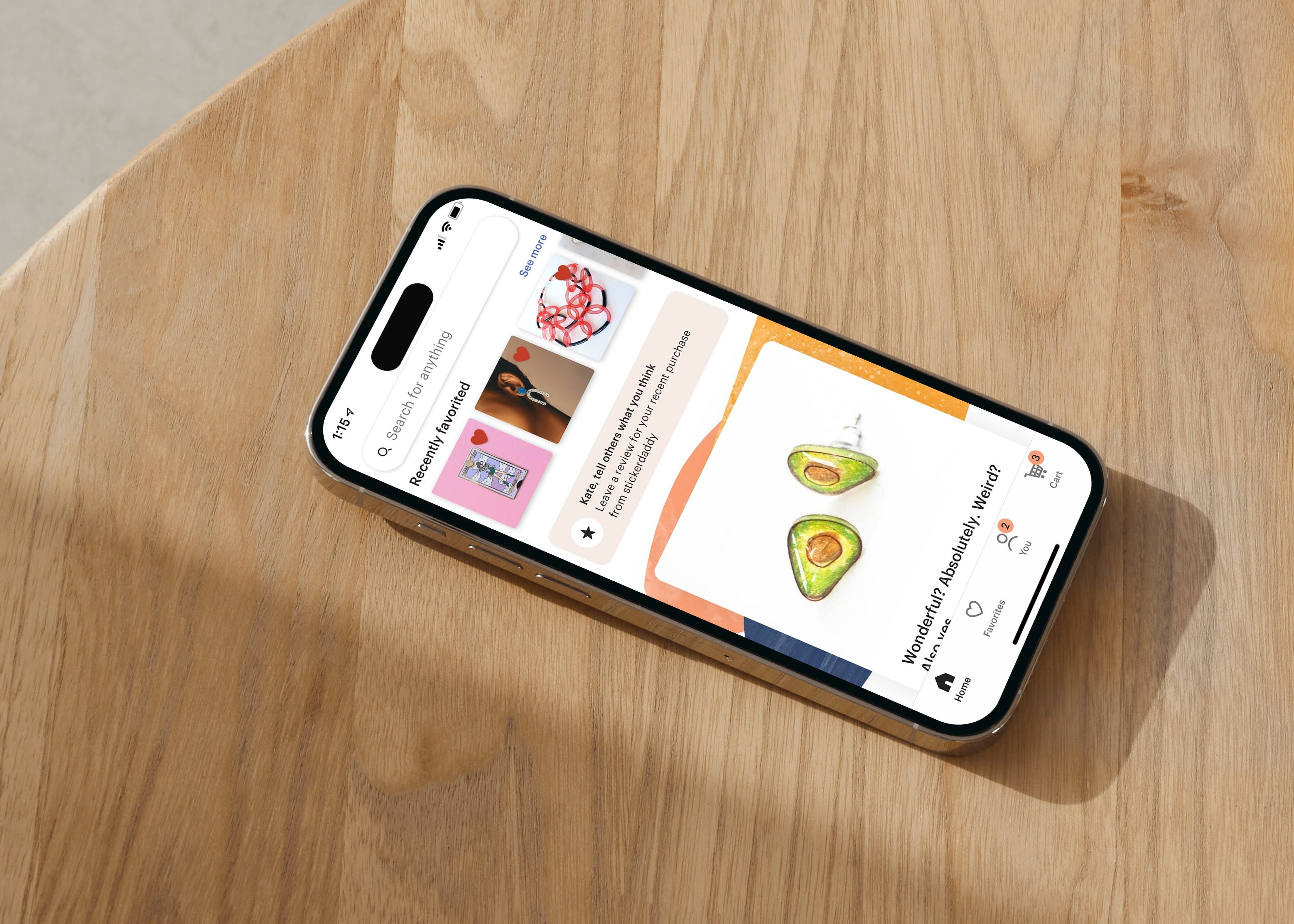
Behind the scenes, I scaled the team and codified the operations that made this momentum possible—expanding the org by 17% to support the company’s double digit Gross Merchandise Sales and revenue growth, welcoming our first designers in Mexico, and creating foundational tools like our career ladder and Product Design Core Practices Playbook.
Now, as I step into a new role as Head of Product Design at Acorns, one of my top priorities is building a high-impact design team to help realize our vision of being a financial wellness system for the whole family, creating compound growth at every life stage.
Which brings me to the question I’ve been thinking about a lot lately: What makes a designer stand out in today’s job market—and what kind of designers am I looking to hire?
Orient yourself towards the future
As a design leader, I think constantly about the foundations of a healthy product design org:
Structure: How we organize the team
Mastery: How we support learning and skill development
Innovation: How we design today’s experience while envisioning tomorrow’s
Most leaders are thinking about these topics, each in their own way. Fortunately, many of them “work in the open” through newsletters, talks, and podcasts. Folks like Rachel Kobetz, Scott Belsky, Doug Powell and others offer valuable clues about where our discipline is headed.
So my first piece of advice: tune in. Follow the design leaders you admire. Pay close attention to how they’re thinking about the role of design in an AI-accelerated, cost-conscious world.
Then orient yourself toward that future. Reframe your narrative, your skillset, and your portfolio to align with where the practice is going, not where it’s been.
For example: design leaders like me are seeking strong senior individual contributers—designers who can operate in ambiguity, lead without authority, and shape product strategy. If that’s you, say so. Make it obvious in your case studies. Show how your design work informed key decisions, not just how it looked on a screen.
But let me say this plainly: this kind of career navigation is hard. It’s not just a matter of working smarter. The market is oversaturated. Incredibly qualified candidates are struggling to land interviews. If you’re in the thick of it right now, and it feels brutal—you’re not imagining it. You’re not alone. And you’re not failing.
There are ways to stand out. But they take time, patience, and—if you’re lucky—a few people who believe in you.
Stand out by letting your craft do the talking
There’s no shortage of portfolio advice online—plenty of tips on storytelling, quantifying impact, and not making recruiters dig for credentials (one even said to me hunting for a password gave them “the ick,” fair enough). And lately, with AI saturating the market, reminders that craft matters have returned with force. Just look at Karri Saarinen’s “10 Rules for Crafting Products That Stand Out,” featured on Figma’s blog. Karri, CEO of Linear, explicitly calls out the need to view specifications as the baseline—not the finish line, to commit to quality at the leadership level, and to eliminate handoffs so that everyone owns final execution—principles that create an environment where craft can truly shine.
I agree. Craft isn’t just a “nice to have.” In many cases, it’s the most important signal your portfolio sends. Marshall McLuhan once said, “The medium is the message.” In other words: how you present your work says as much as the work itself. A thoughtfully crafted portfolio is proof of your standards. It tells your story before a single word is read. And it builds credibility before anyone clicks into a case study.
Here’s one practical way to elevate the craft in your portfolio: Invest in good typography. Choose a high-quality serif and sans-serif pairing. Pay attention to contrast, rhythm, and hierarchy. (I recommend Jason Santa Maria’s On Web Typography as a guide.)
Don’t underestimate the power of type. Like apps and the web, 95% of your portfolio is text. Typography is your interface. If your portfolio isn’t readable, it’s not usable. And poor readability is often mistaken for poor thinking.
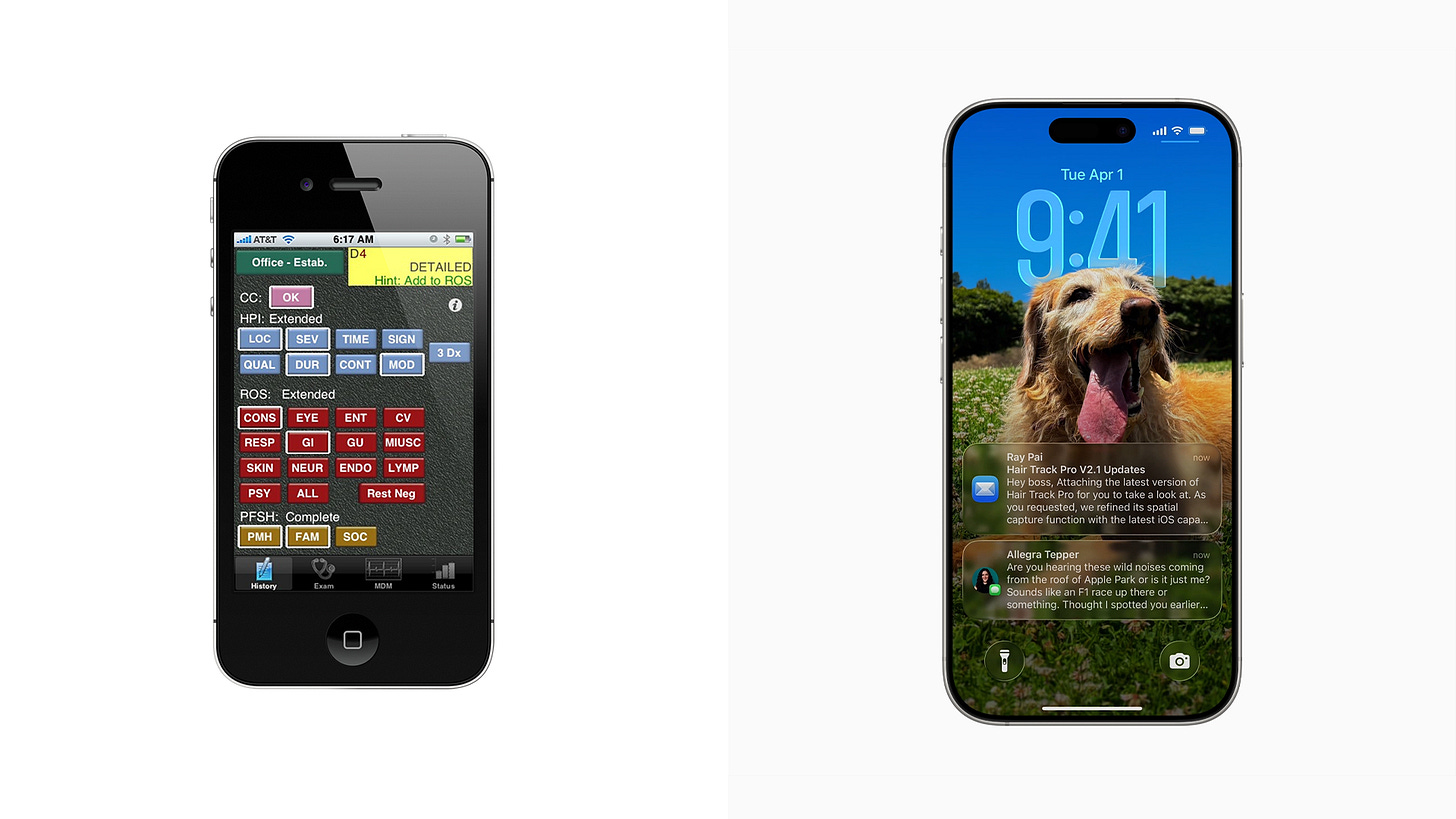
Clean, well-set type signals care, clarity, and taste. Bonus: choose a typeface that hasn’t been used to death. Sign up for foundry newsletters and get ahead of the next overused startup font.
Another practical way to elevate your portfolio is by incorporating high-quality creative assets. I know not everyone has a big budget for this. I didn’t either. But think of it as an investment in your career. As Warren Buffett once said, “Anything you invest in yourself, you get back tenfold.”
When I redesigned my portfolio, I set a spending limit and got scrappy. I rented camera gear instead of buying it, leaned on talented friends, and even asked my wife to step in as the model for a device mockup I created. The goal was simple: to make my work feel real, not just look good.
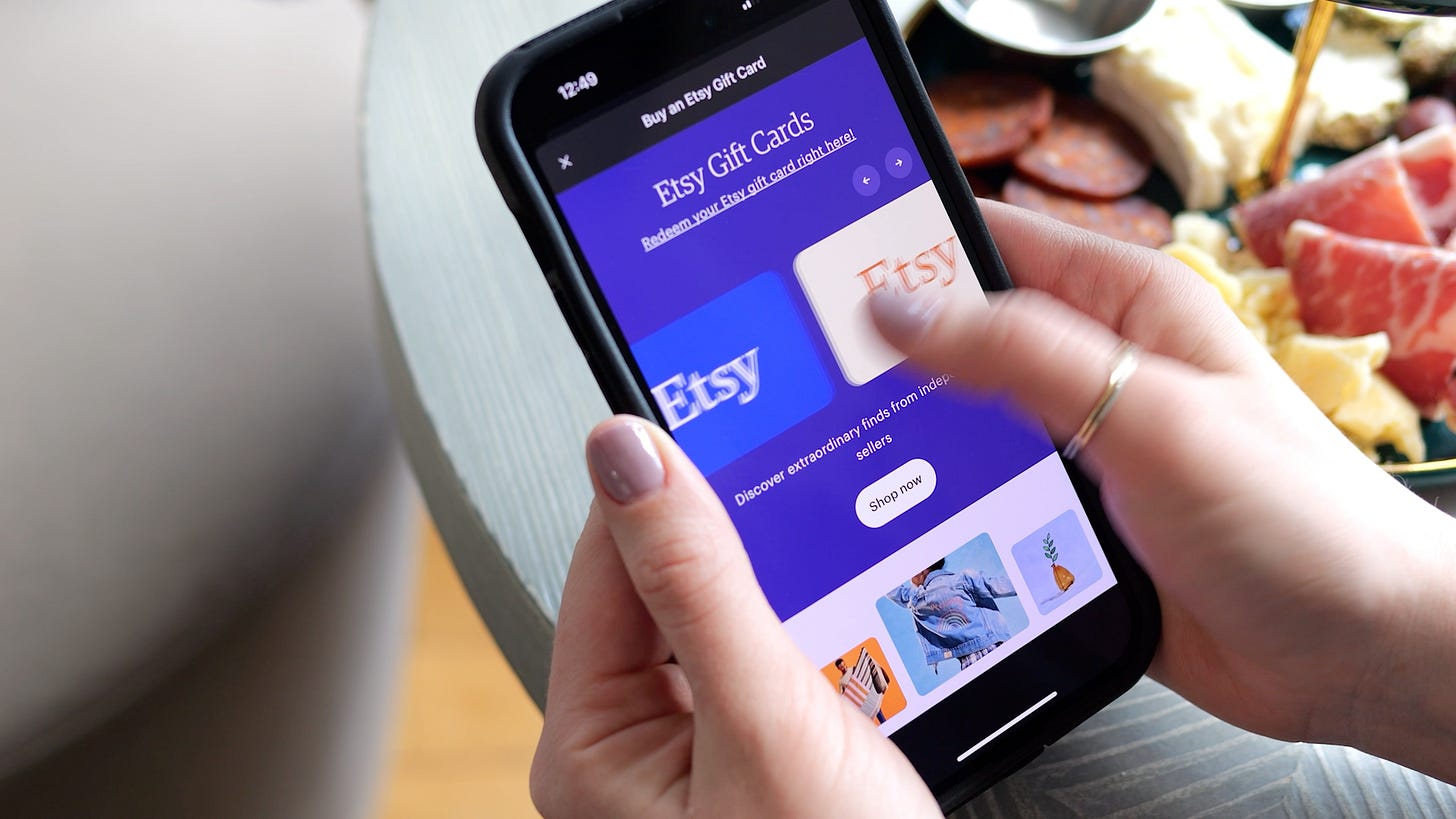
After I designed interactive kiosks for the Art Institute of Chicago, I hired a photographer and model to capture the experience in context. It cost $750. It was worth every penny. The photos didn’t just document—they told a story.

For product design work, thoughtful mockups can go a long way. Frame your designs in realistic environments, and reflect the people you’re actually designing for. When possible, bring your work to life with motion. Film a real person interacting with your prototype instead of relying on static mockups. Help hiring managers feel what it’s like to experience your product.
In a competitive hiring process, craft is a differentiator. These small choices—type, imagery, motion—quietly build trust before a word is spoken.
Treat your portfolio like an interview
One of the best ways I’ve found to stand out in interviews is to treat your portfolio site like your most challenging interview. Answer every question an interviewer might ask—before they even ask it. I learned this from Liz Danzico, who taught me that a great email reply leaves no follow-up questions. I realized it’s also great portfolio advice.
When I rebuilt my site for my recent job search, I compiled a list of common interview questions:
“What’s your leadership style?”
“How do you handle conflict?”
“Tell me about a time you failed.”
Then I made sure those answers were in my case studies or writing section. I didn’t wait to be asked. I gave those answers upfront. On my terms.
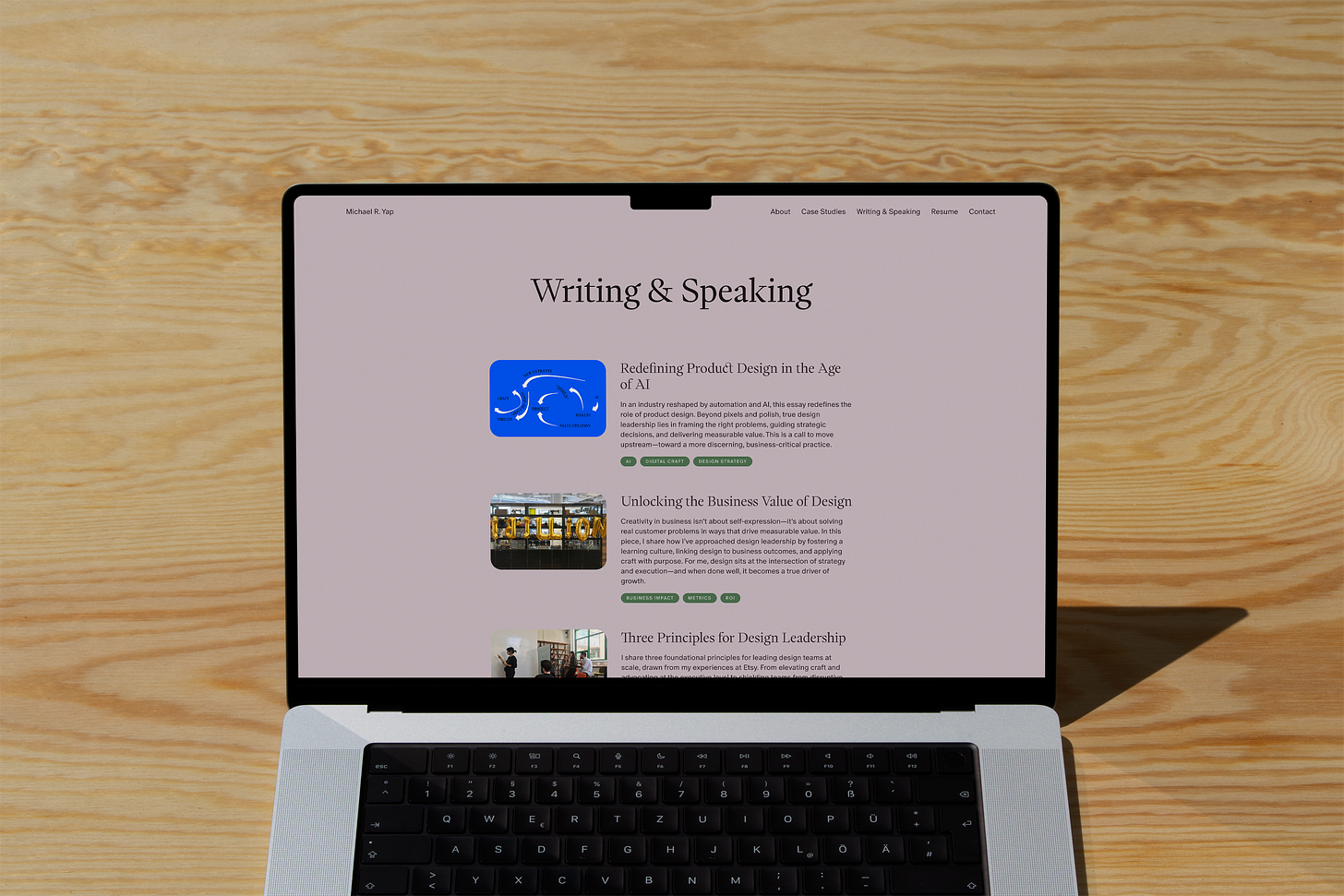
This is a big lift. Not everyone has the time or energy to fully rebuild a site during a job search. I was fortunate. I had support from my partner and a window of time to think and reflect before the arrival of my newborn son and the demands of parenthood. But even if you can only update one section or write one clear paragraph, that’s progress. Start there.
Your voice matters. Your thinking is worth showing. And when you bring intention, taste, and clarity to your portfolio it shows. It builds trust. And it gives people like me, on the hiring side, a reason to believe in your work before we even meet.
If you found this helpful, follow me on LinkedIn to get notified when I’m hiring for the product design team at Acorns and for more thoughts on design careers and leadership.



